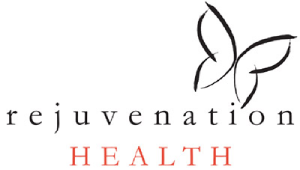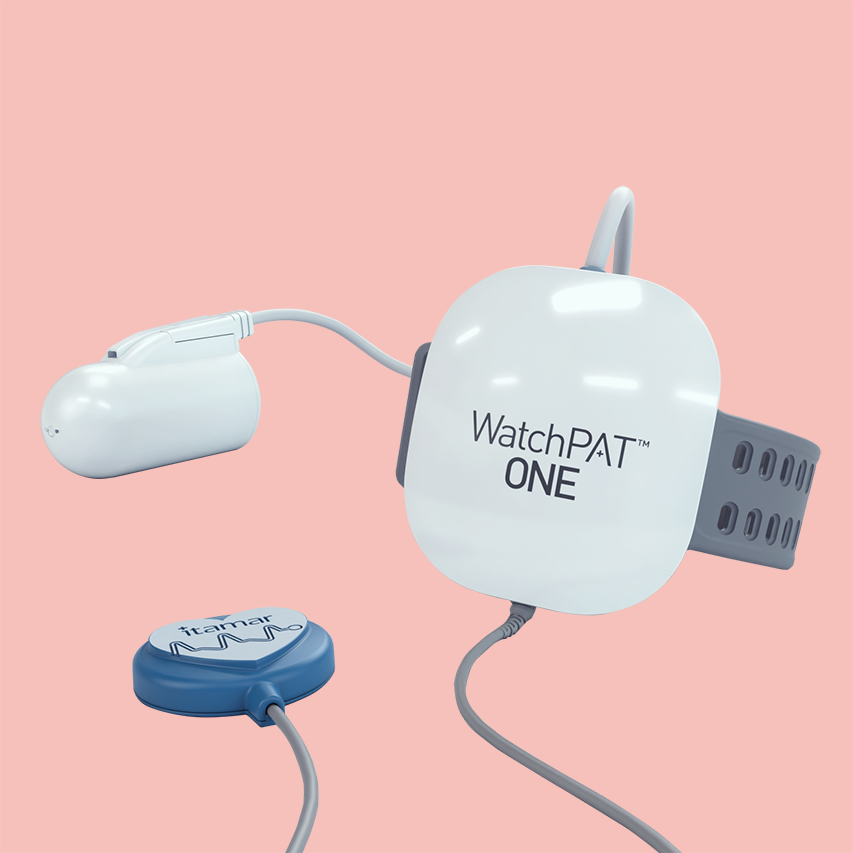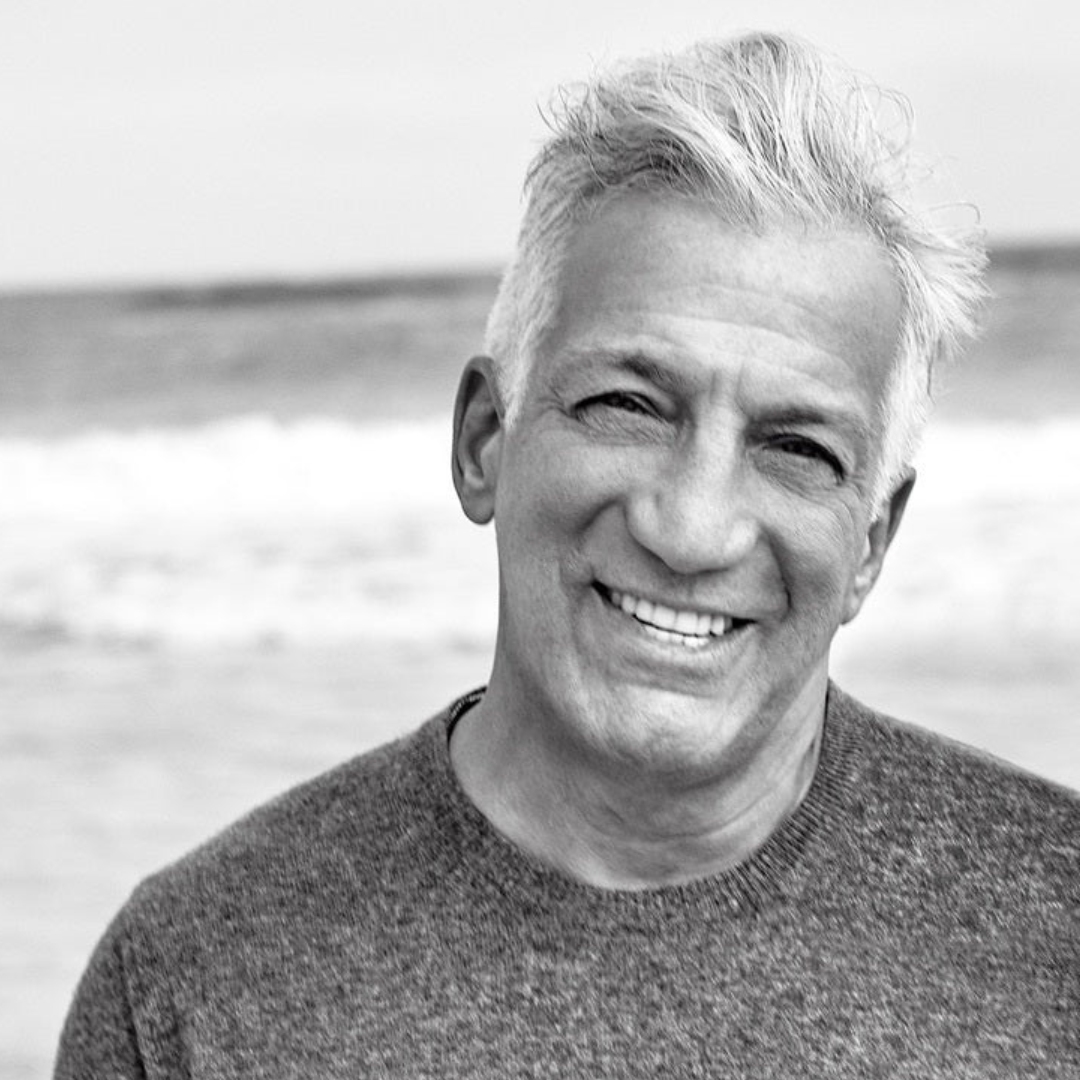Ever wonder why you snore? Why your breath is always terrible in the morning? Why your immune system seems unable to fight off illness, even though you’re eating well and exercise?
You may want to talk to your doctor about a sleep apnea diagnosis.
When you have sleep apnea, your airflow is obstructed or slowed while asleep.
Common warning signs for sleep apnea include loud snoring, nighttime grinding, morning headaches, and hyperactivity in children.
Of course, in order to tell if you definitively have sleep apnea, a healthcare professional must administer an official sleep diagnosis.
Up to 9% of American adults suffer from sleep apnea, but many cases go undiagnosed. Since untreated sleep apnea can lead to major long-term health complications, figuring out if you have sleep apnea is critical to your long-lasting health.
What is Sleep Apnea?
Sleep apnea is a sleep breathing disorder marked by multiple extended pauses in breathing while asleep (apneas). Sleep disorders like sleep apnea result in poor sleep, sleep deprivation, and other health complications.
The 3 types of sleep apnea are:
- Obstructive sleep apnea (OSA) — This is when your upper airway is obstructed, usually by your tongue, causing you to temporarily stop breathing. OSA is the most common form of sleep apnea. When people just say “sleep apnea”, they usually mean OSA.
- Central sleep apnea (CSA) — This is when there is an issue with your brain controlling respiration muscles, resulting in slower, shallower breathing.
- Mixed sleep apnea — This is when someone presents with both OSA and CSA at the same time. It’s also called “complex sleep apnea”.
Risk factors for sleep apnea include:
- Obesity
- Male gender
- Older age
- Black, Hispanic, and Native American race/ethnicity
- Excess alcohol consumption
- Tobacco use
- Anatomical abnormalities
- Large neck circumference
- Nasal congestion
- Hormone imbalance
- Enlarged tonsils and adenoids (a primary risk factor for children)
- Genetics
Sleep Apnea Symptoms in Adults
Common symptoms of sleep apnea in adults include:
- Disrupted breathing during sleep
- Labored breathing while asleep
- Loud snoring
- Gasping, choking, or snorting
- Lower sleep quality for your bed partner
- Nighttime teeth grinding (sleep bruxism)
- Excessive daytime sleepiness
- Morning headaches
- Irritability
- Difficulty concentrating
- Sore throat
- Dry mouth (which leads to poor oral health)
- Frequent nighttime urination (nocturia)
If you experience sleep apnea symptoms, visit your primary care physician or sleep specialist right away to ask about an official sleep apnea diagnosis.
Untreated sleep apnea can lead to health complications, such as cardiovascular disease, tooth decay, depression, diabetes, and decreased quality of life for you and your bed partner.
Sleep Apnea Symptoms in Teens
Sleep apnea is very similar in teens as it is in adults. However, children and teens exhibit daytime hyperactivity more often than daytime sleepiness, which is more common in adults.
Sleep apnea symptoms in teens include:
- Behavior problems
- Hyperactivity
- Decreased academic performance
- Disrupted breathing during sleep
- Loud snoring
- Gasping, choking, or snorting
- Restless sleep
- Sweating during sleep
- Nighttime teeth grinding
- Mouth breathing
- Bedwetting
- Sore throat
- Morning headaches
- Irritability
- Dry mouth (which leads to oral health problems)
Sleep Apnea Symptoms in Children
The American Sleep Apnea Association estimates that 1-4% of children suffer from pediatric sleep apnea. They estimate that most children with sleep apnea are aged 2-8 years old.
About 50% of children suffer from teeth grinding, which can be caused by sleep apnea. Almost 40% of children grind their teeth at least once a week.
Sleep apnea and ADHD exhibit similar symptoms. Some experts estimate up to 50% of children diagnosed with ADHD may be misdiagnosed and actually suffer from sleep apnea.
- Attention-deficit hyperactivity disorder symptoms
- Decreased school performance
- Sleepwalking
- Bedwetting
- Nighttime teeth grinding
- Halted breathing during sleep
- Noisy breathing during sleep
- Loud snoring
- Sore throat
- Morning headaches
- Dry mouth (which leads to poor dental health)
Based on scientific evidence, below are listed medical conditions that may arise as complications of untreated sleep apnea in children, some of which may not present until adulthood:
- Increased risk of TMJ
- More lifetime cavities and gingivitis
- Obesity
- Type 2 diabetes
- High blood pressure (hypertension)
- Increased risk of heart disease, heart failure
- Liver problems
- Hormonal and metabolic problems
- Depression
- Behavioral problems
- Lower IQ
Sleep Apnea Tests
Sleep apnea testing includes nocturnal polysomnography or home sleep tests.
- Nocturnal polysomnography (PSG) is a sleep study that involves equipment that monitors brain, heart, lung, and muscle activity. This can be performed at a certified sleep lab or your home.
- A home sleep apnea test (HSAT) is a simpler, cost-effective, and more convenient way to diagnose sleep apnea. Sometimes, inconclusive home sleep test results may require your doctor to recommend a PSG. However, modern HSATs like the WatchPAT One device are just as accurate as PSG when used properly
Diagnosing Sleep Apnea
To diagnose sleep apnea, a doctor may:
- Fill out a symptom questionnaire
- Ask about your personal medical history and family history
- Ask about your sleeping habits
- Find out what medications you’re on
- Conduct a sleep study (polysomnography or home sleep apnea test)
Teeth Grinding (Bruxism)
While it doesn’t substitute for a true diagnosis, your dentist may spot signs of teeth grinding (bruxism) long before other sleep apnea symptoms appear. This helps you know you may need to seek a proper sleep apnea diagnosis and get it treated before long-term complications set in.
This is why a functional dentist focused on airway health is so important to your long-lasting, whole-person health.
Also, an ear, nose, and throat doctor is able to rule out an anatomic blockage in your throat or nasal passages that could explain obstructive sleep apnea syndrome.
AHI vs. RDI
Your apnea-hypopnea index (AHI) is one of the primary ways a PSG is used to diagnose sleep apnea.
AHI is the average number of instances per hour you had apnea (stopped breathing) or hypopnea (30% reduction in breathing, or 3% reduction in blood oxygen levels) while asleep. AHI helps determine the severity of your sleep apnea.
The WatchPAT One, a reliable home sleep apnea test, calculates respiratory disturbance index (RDI) instead of AHI. RDI defines the average of obstructive apneas, respiratory event-related arousals, and hypopneas per hour.
Both AHI and RDI are considered reliable diagnostic methods to identify sleep apnea.
Nocturnal Polysomnography (Traditional Sleep Apnea Test)
The most common sleep apnea test used to diagnose obstructive sleep apnea is nocturnal polysomnography (PSG). This can be a strange, uncomfortable experience for children, so it is typically reserved for older individuals.
During a polysomnogram, you are hooked up to devices that monitor breathing patterns, brain waves, heart/lung activity, arm/leg movements, heart rate, and blood oxygen levels while asleep. This can rule out periodic limb movement disorder and narcolepsy.
It can be conducted at a sleep center lab, a hospital, or in the comfort of your own home.
A qualified sleep specialist will administer the sleep study.
Home Sleep Apnea Tests
Home sleep apnea testing (HSAT) has been long-known as a less reliable method of diagnosing sleep apnea. However, recent advances in technology make HSAT a reliable alternative to PSG for adults.
The American Academy of Sleep Medicine (AASM) does not recommend home sleep apnea testing for children due to inconsistency in testing results.
The Peripheral Arterial Tone (PAT™) signal is a proprietary technology used for HSAT that performs equally well to PSG. It’s used in the WatchPAT One device, which is what we recommend to our patients over PSG.
The WatchPAT One is also more accurate in diagnosing pediatric sleep apnea than other HSAT options.
WatchPAT was made to be very user friendly. You simply attach a chest sensor, strap the bracelet to your non-dominant hand, slip on a finger probe, and go to sleep!
Treatments for Sleep Apnea
The 8 most common sleep apnea treatment options are:
- Daytime-nighttime appliance (DNA)
- CPAP therapy (continuous positive airway pressure)
- APAP or BiPAP therapy
- Oral appliances/mouthpieces (i.e., MAD, TRD)
- Mouth taping
- Adenotonsillectomy (mainly for adolescents)
- Certain medications
- Lifestyle changes to maintain a healthy weight and reduce stress (such as weight loss)
Some of these treatments address the underlying cause (such as the DNA appliance), whereas other treatments may only treat symptoms and improve quality of life just as long as you’re on that treatment.
When to See a Doctor
Untreated sleep apnea can lead to some terrible long-term health risks, such as cardiovascular arrhythmias, diabetes, and tooth decay. See a doctor right away if you exhibit common signs of sleep apnea.
Click here now to set up your appointment right away! Rejuvenation Dentistry’s offices are located in beautiful East Hampton and Manhattan. We empower our patients to take hold of their whole-person wellness, including airway-related diseases like sleep apnea.




